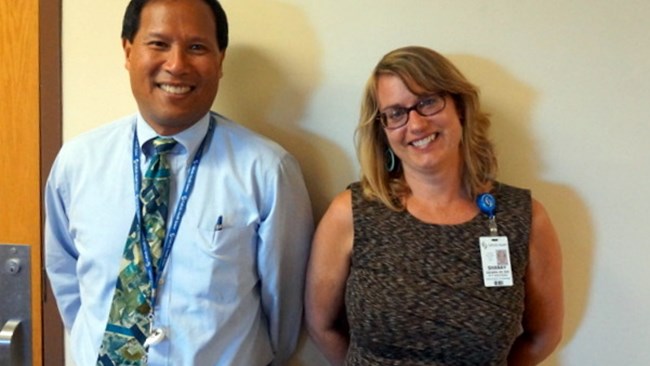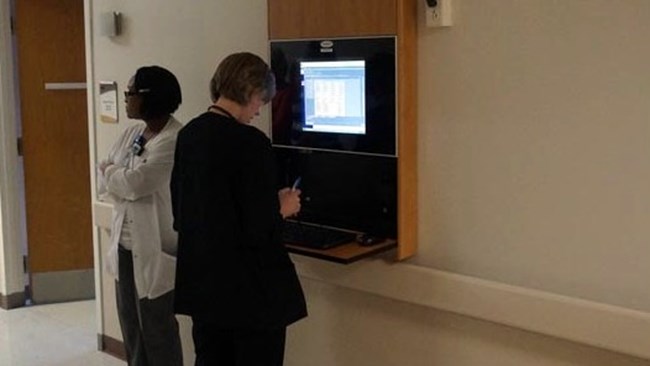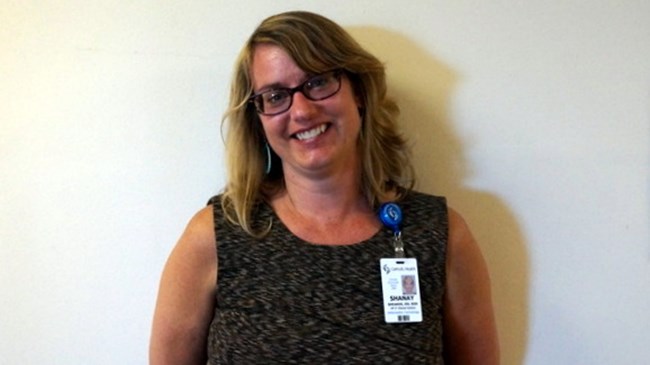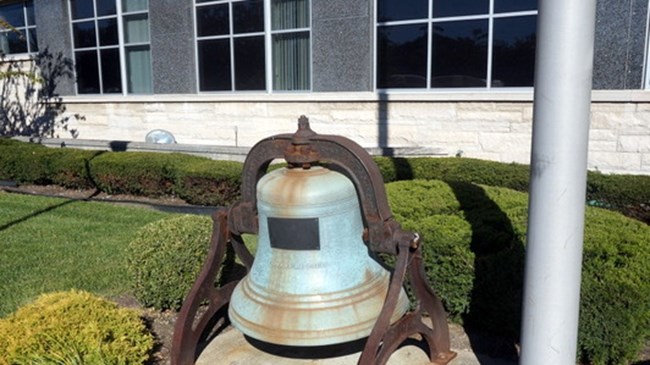 HITO Sisters Of Charity On-Site Visit Header
HITO Sisters Of Charity On-Site Visit Header
-
Is Technology To Blame For Physician Burnout?
According to a recent Medscape survey, 46% of physicians say they are burned out. How much is the drive towards health IT adoption contributing to this epidemic?
-
Medical Practices Strive To Regain Patient Focus With IT
This year’s MGMA (Medical Group Management Association) conference featured a ton of great technology solutions, but the medical practices in attendance only seemed interested in those that would allow them to return their focus back to patient care.
-
It's Time To Change The Provider/Pharmacy Paradigm
In an era of team-driven care coordination and value-based reimbursement, it makes more sense than ever for providers to establish their own point-of-care pharmacies.
-
Making Health Data Hurricane-Proof
Hurricane season is nearly upon us. Here’s 5 tips that can help ensure your health data can stand up to any storm.
-
A Picture Of Wellness
Do wellness screenings really have the potential to encourage prevention and cut healthcare costs? I submit to a personal screening and share my experience.
-
Stirring The Health IT Pot
In this, my 200th opinion column for Health IT Outcomes, I take a look back at some of the most controversial articles I’ve written to date and the valuable responses they have generated from our readers.
-
Is Epic Future Proof?
Are Epic’s days as an EHR giant numbered? This article examines the strengths, weaknesses, and long-term viability of this popular EHR platform, outlining some important EHR considerations for health providers.
-
Why Another ICD-10 Delay Stinks
Congress has passed a SGR “Doc Fix” bill that includes a provision that delays a transition to the ICD-10 code set by at least another year. Here are just a few of the repercussions of yet another ICD-10 extension.
-
The Curious Case Of Blue Button
Blue Button, the VA’s app that allows veterans to download their own health records, has been viewed both as a patient engagement breakthrough and an interoperability backslide. Editor in chief Ken Congdon provides his opinion on which assessment is more accurate. By Ken Congdon, editor in chief, Health IT Outcomes
-
Obamacare Upheld: How The SCOTUS Decision Benefits Health IT
Whether or not you agree with the SCOTUS ruling, the fact that Obamacare has been upheld is a positive for health IT. Here’s why.

Dr. Michael Galang, SVP and CIO, and Shanay Shearer, RN and VP, clinical systems, at Catholic Health.

Sisters Of Charity is part of Catholice Health, a a non-profit healthcare system that provides care to Western New Yorkers across a network of hospitals

If you question whether Meaningful Use is benefitting healthcare, look no further than Catholic Health. This health system credits the program for many of its recent clinical improvements.

“You have to start with some baseline when it comes to widespread EHR adoption. That’s what the stages of MU have provided thus far.”

In recognition of our superior service, Catholic Health has been named as among the top 100 integrated healthcare systems by SDI.

Catholic Health formed a 10-year, $100 million alliance with Siemens Medical Solutions to bring cutting-edge healthcare solutions and medical imaging technology to the entire system and the patients it serves.

“If a patient traveled between different sites in the Catholic Health network, their health record didn’t automatically travel with them. This made it very difficult for clinicians to get a full view of a patient’s history.”

Sisters Of Charity Hospital is Buffalo’s first hospital, with a tradition of superior care dating back to 1848. It is accredited by the Joint Commission, ensuring it meets the highest quality and safety standards.

The health system began its EHR journey back in 2004 when it entered into a strategic alliance agreement with Siemens to implement both Soarian Clinicals and Soarian Financials enterprise-wide throughout Catholic Health.

According to Dr. Galang, “MU provided us with the tools and motivation to speed up our EHR implementation, while ensuring we did so effectively,” he says.

"We were shocked to learn that our patient identification error rate was between 10% and 20%. We made the appropriate changes to our processes and systems to reduce this error rate to less than 2%.”












